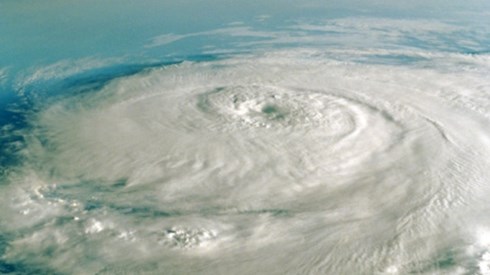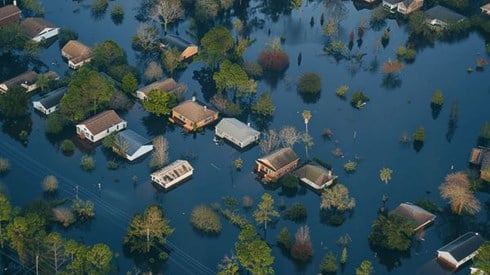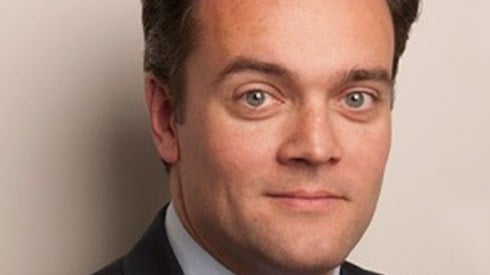Aaron Koch: ILS Will Continue To Play an Increasing Role for Captives

Aaron Koch | July 22, 2019

As part of our ongoing commitment to provide thoughtful commentary concerning issues impacting captives and the broader insurance markets, we spoke with Aaron Koch of Milliman's insurance-linked securities (ILS) group about the current state of affairs in the ILS market and how captives are utilizing this segment.
Aaron, it has been several years since we last spoke about the insurance-linked securities (ILS) markets. For our readers, perhaps you can provide some color commentary on the changes in the markets since then.
Since we last touched base, the ILS market has continued to grow at a rapid rate: capital invested in the space has risen from around $70 billion as of the end of 2015 to approaching $100 billion today. In addition to growing larger, the market has also continued to broaden its scope to incorporate more types of transactions, risks, and participants.
The ILS market has also begun to see a high level of loss activity over the past 2 years, which has dented investors' returns in a way the market has never seen before. The market's maturation and growth in the face of these losses have been the most important market development in quite some time.
Obviously, 2017 was the first real test of the market's resiliency, and it appears it passed the test. What observations can you draw from 2017?
The losses of 2017 (Hurricanes Harvey, Irma, and Maria) as well as 2018 (Typhoon Jebi, Hurricane Michael, and the California wildfires) have tested ILS more severely than any past events in the market's history. Never before had you seen such a long series of major events causing loss across varying perils and different parts of the world.
The market generally fared well on two key metrics. First, it was able to raise a significant amount of capital to rebuild portfolios after the losses. Second, it has successfully paid out losses of several billion dollars (and rising), proving its role as a reliable counterparty to its cedent partners.
That's not to say that everything went perfectly; following the significant loss activity, the market has also identified ways in which it can continue to develop best practices for handling similar future events. In particular, there has been significant discussion on how to improve valuation practices in the industry, as well as talk of how to refine contractual provisions surrounding collateral.
What factors do you see as being the main drivers of the market's continued growth and success?
Despite the recent losses, the underlying value proposition of ILS—returns that are broadly uncorrelated to traditional financial markets—still holds true. That factor, in combination with the market's growing track record, continues to be attractive to a broad array of investors.
It would appear that there is also a growing trend within the market of continued expansion beyond natural catastrophe risk. Can you comment on this?
I think this trend, which includes the introduction of exposures such as auto liability and pandemic risk to the ILS market, is a natural result of a maturing market. Participants now generally feel comfortable putting their money into the insurance market and are willing to explore new ways to do so. My impression is that 2 years of high natural catastrophe activity have refocused a bit more attention on the peak natural catastrophe perils recently, but I expect renewed focus on market expansion in the upcoming years.
Since our readers are primarily interested in captive insurance, how has this segment of insurance been involved in the ILS space?
In terms of major, publicly securitized ILS transactions sponsored by captives, things have been reasonably quiet in the last couple of years. But that doesn't mean that there hasn't been captive involvement: since we last discussed this topic in 2015, the ILS market has increasingly begun to rely upon private, collateralized reinsurance instruments that closely resemble a traditional reinsurance syndication.
While data on this market is a bit harder to come by, we have seen several interesting examples of captives and similar entities utilizing ILS capital as a component of their reinsurance strategies. At this point, however, I'd still expect such exposure to generally be from the largest captives and focused particularly on natural catastrophe risk.
There is also a second-order benefit that ILS provides to captives, in that ILS continues to play a significant role in retrocessional reinsurance (that is, reinsurance for reinsurers), driving down prices for this coverage across the board. In turn, this helps reinsurers keep the prices they charge to their clients, including captives, at lower levels.
Do you see captives increasing their overall exposure to ILS in the next 5 years, and if so what will this look like?
I think that ILS will continue to play an increasing role for captives whose corporate parents have significant natural catastrophe exposures or unusual risks. A recent example of this is a 2018 bond that was sponsored by PG&E Corporation, one of the largest utility providers in California. PG&E's primary exposure was to liability risk emanating from a wildfire, and it issued its catastrophe bond immediately following losses it had suffered in the 2017 California wildfires.
Of course, it turned out the 2018 wildfire season was even worse for PG&E, but at a minimum they had established $200 million of additional insurance protection for that season through the ILS market, which I would expect is eventually collected upon. It certainly won't be enough to cover the entirety of the company's liabilities from these events but does serve as a useful supplement to the limits they were able to obtain in the traditional reinsurance market. This is emblematic of how I would continue to expect corporates and/or captives to expand their use of ILS in the future.
One comment we have heard is that it's easy for a single-parent captive to access the ILS market but much more difficult for group captives. Do you see the possibility of pooling arrangements in ILS where small-to-midsize group captives could cooperate to issue bonds?
While I can't say that I've seen many examples of this idea being implemented in the captive market as of today, I'll note that there is a precedent for pooling being used in the ILS space. In particular, various island countries around the world (in the Caribbean and in the Pacific) have coordinated together in order to combine their risk and submit it to the ILS market under joint pooling entities. Ultimately, if a group captive currently cedes significant amounts of risk to the reinsurance market, the opportunity exists for ILS, and particularly collateralized reinsurance, to play a role going forward.
Looking forward 10 years, how do you see the overall market evolving?
The biggest takeaway from the past several years for ILS is that the market has faced down a key challenge—a series of major losses—and has learned a great deal from the process. Certain funds have performed better than others, the market has worked its way through the operational challenges of paying losses, and investors are now beginning to realize that even a series of major hurricanes may not lead to significant price increases in the market.
As a result, I envision the next 10 years will continue the growth trajectory of ILS but perhaps not as aggressively as the growth we saw in the past 5. However, the growth that we should see will come from a more mature and experienced market. This market will continue to explore new risks, notably cyber—which is perhaps another area where, down the road, captive risk may serve as an attractive proposition for the ILS community.
Any closing comments you would like to make to our readers?
I appreciate the opportunity to catch up with you on the ILS market! It has been an interesting few years and it will be fascinating to see how ILS—and its relationship with the captive market—continues to evolve in the future.
Aaron, thanks for your time and willingness to speak with us.
(Article photo of Aaron Koch courtesy of Milliman.)
Aaron Koch | July 22, 2019






